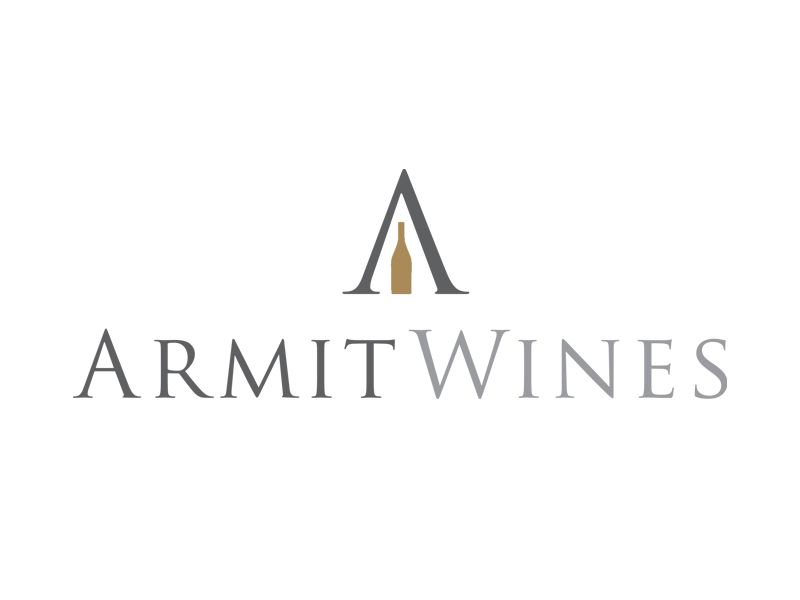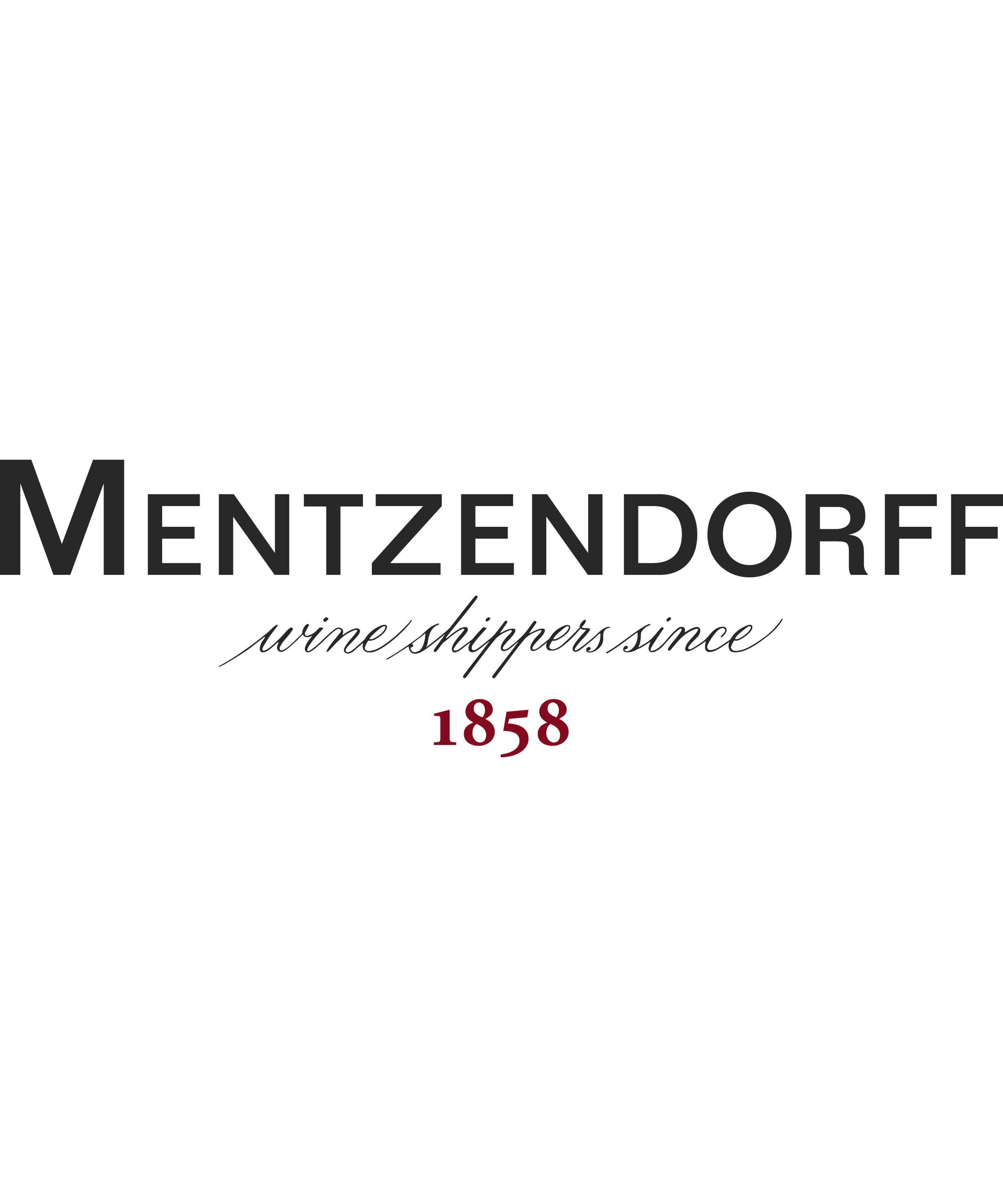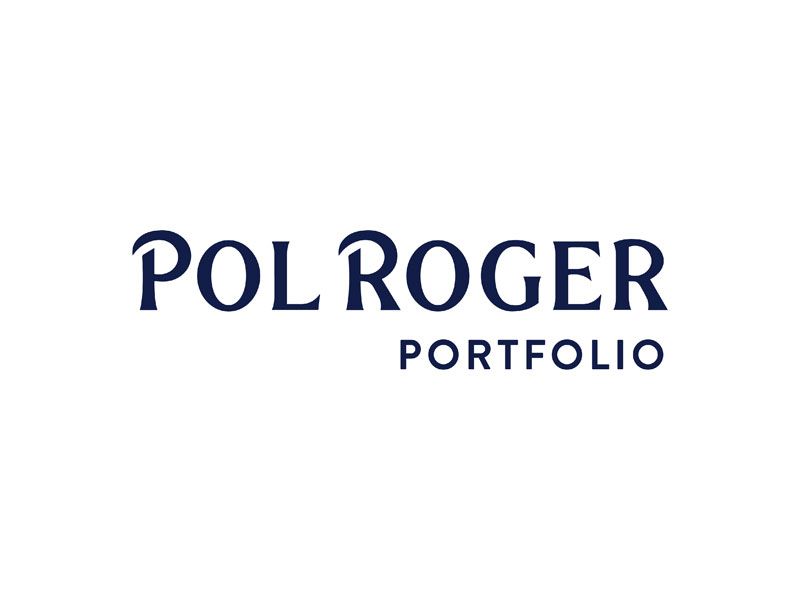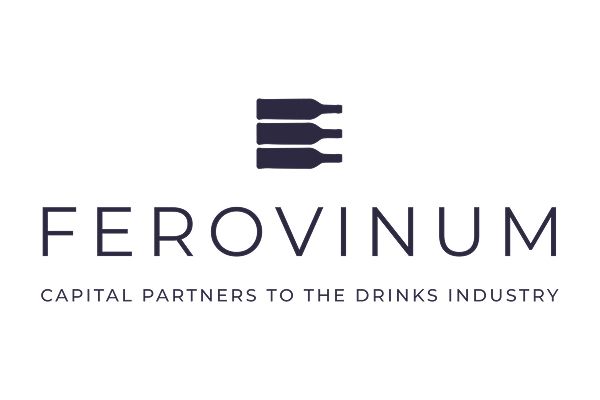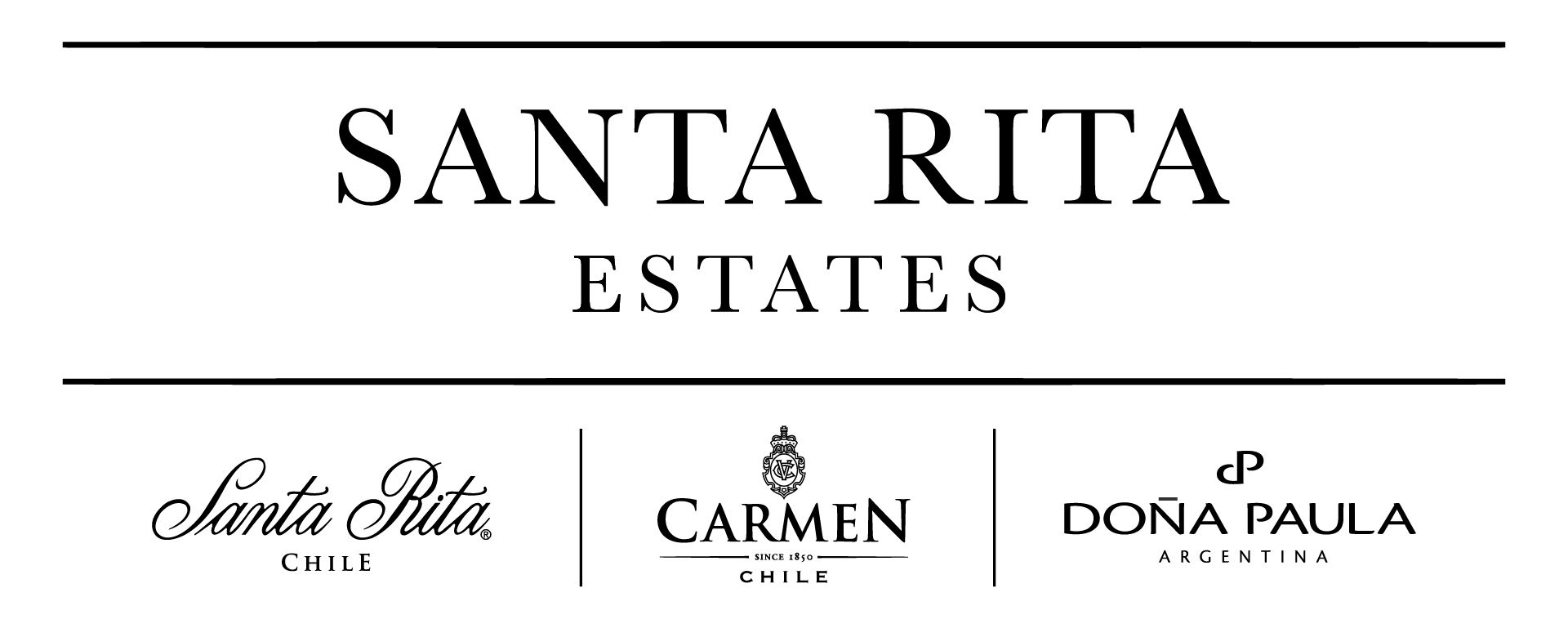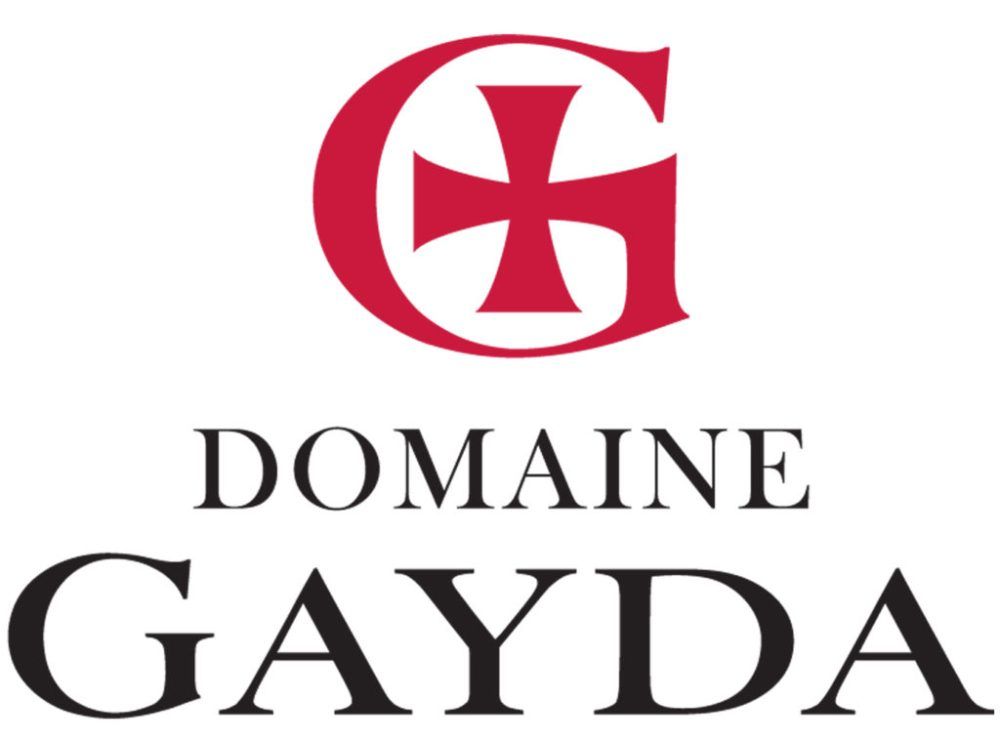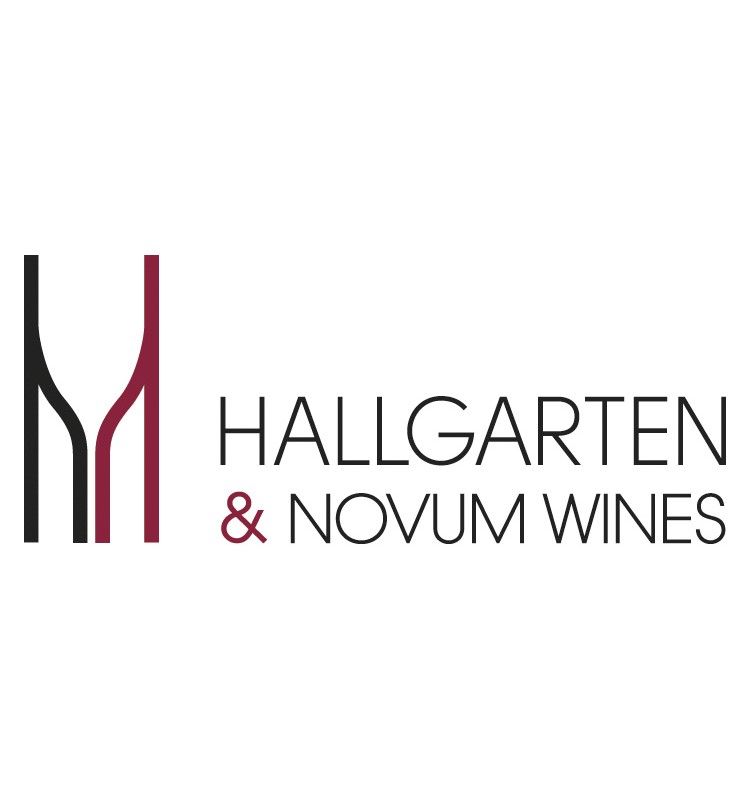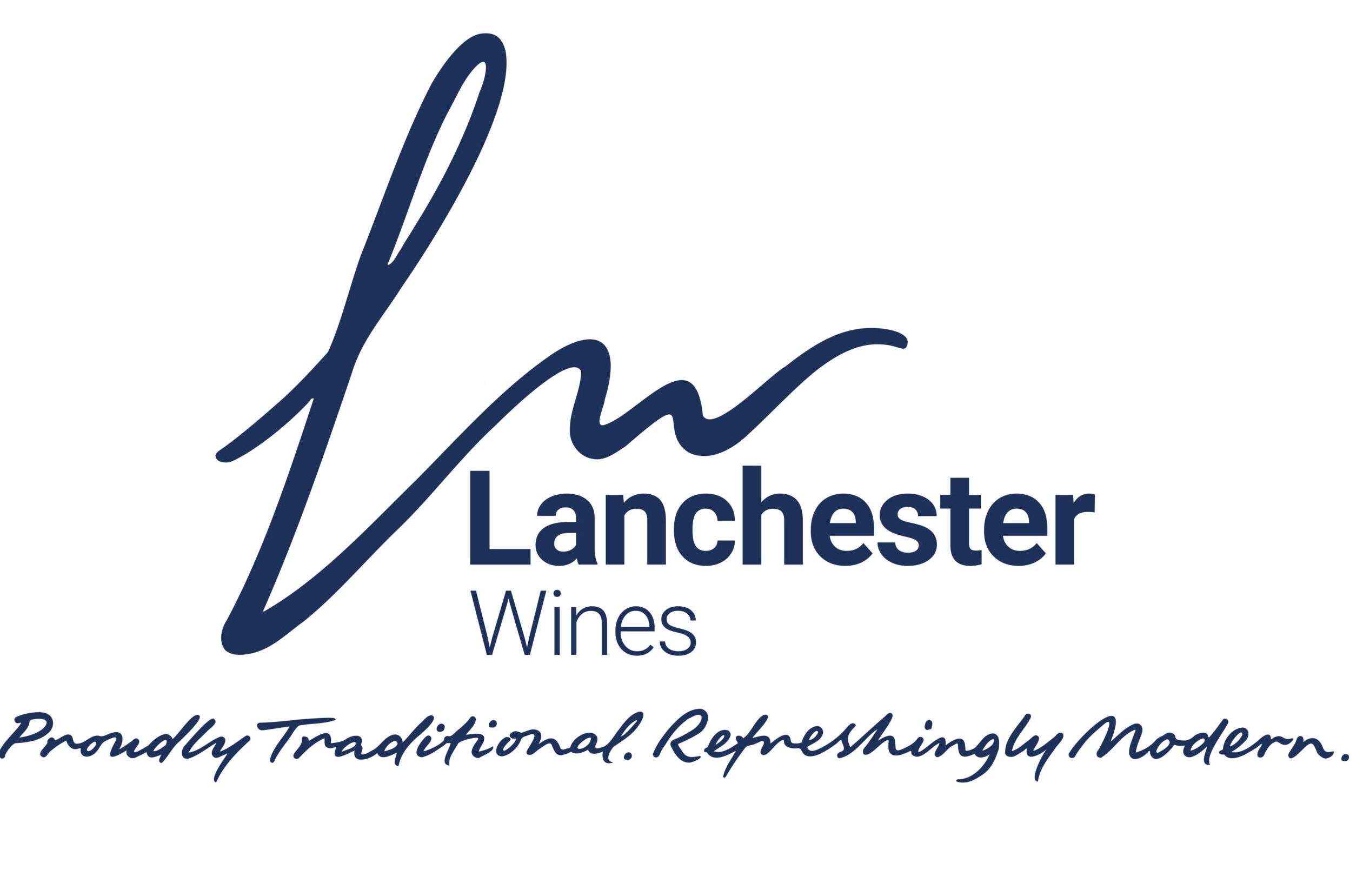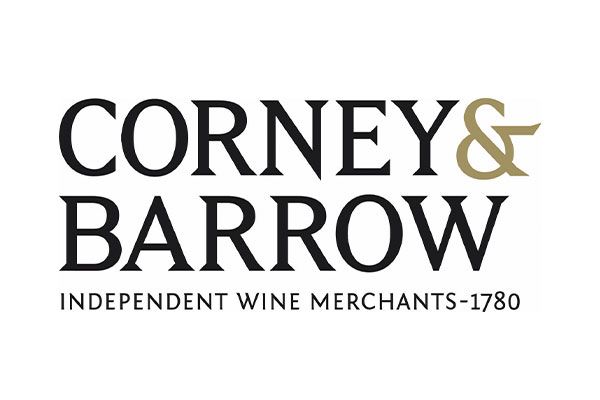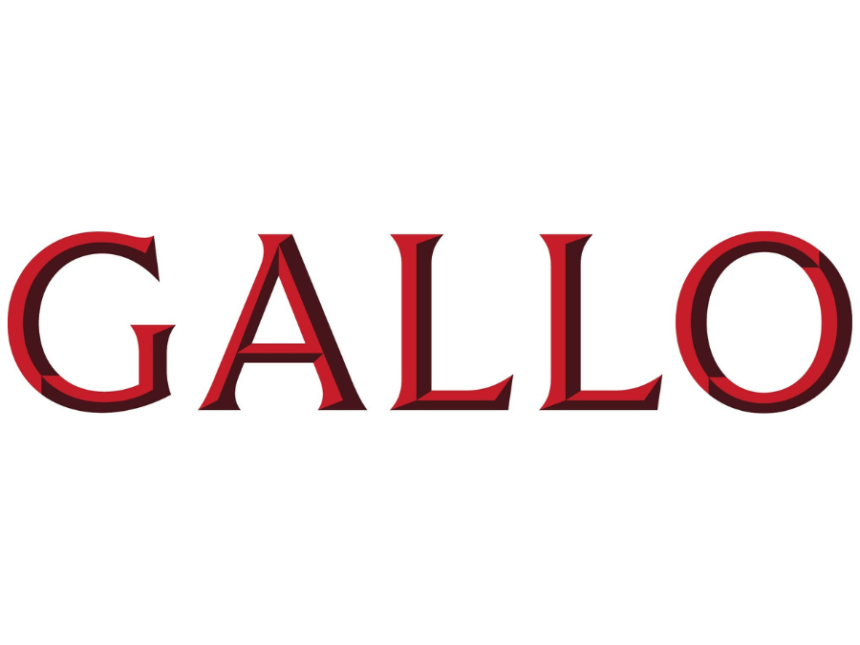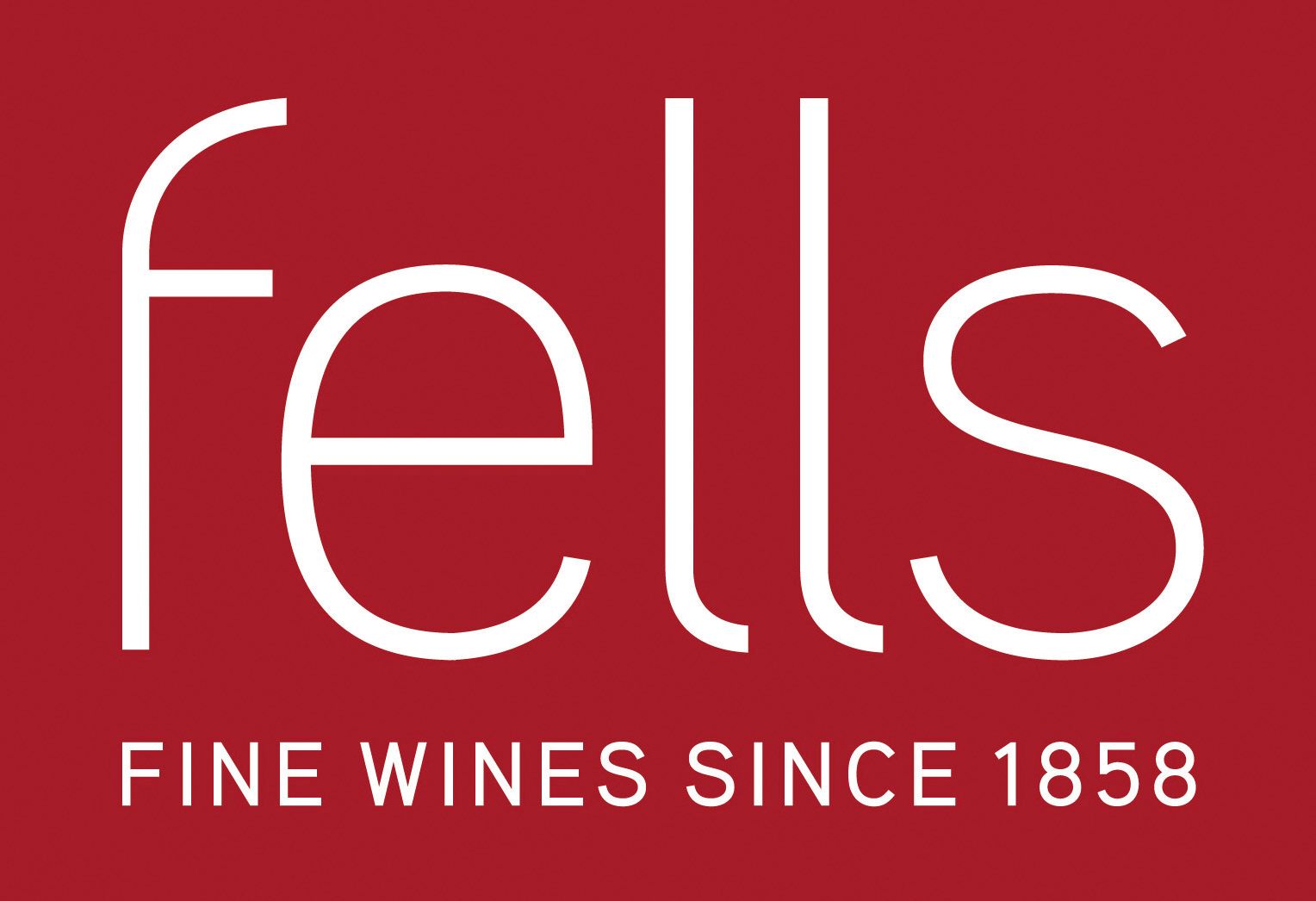We’ve mapped the human brain, decoded the genome, even sent spacecraft to the edge of the solar system – yet one of the world’s most vital ecosystems remains curiously underexplored: soil. That crumbly substance beneath our feet – often overlooked, occasionally romanticised – is in fact a powerful, complex, and living foundation upon which all terrestrial life depends.
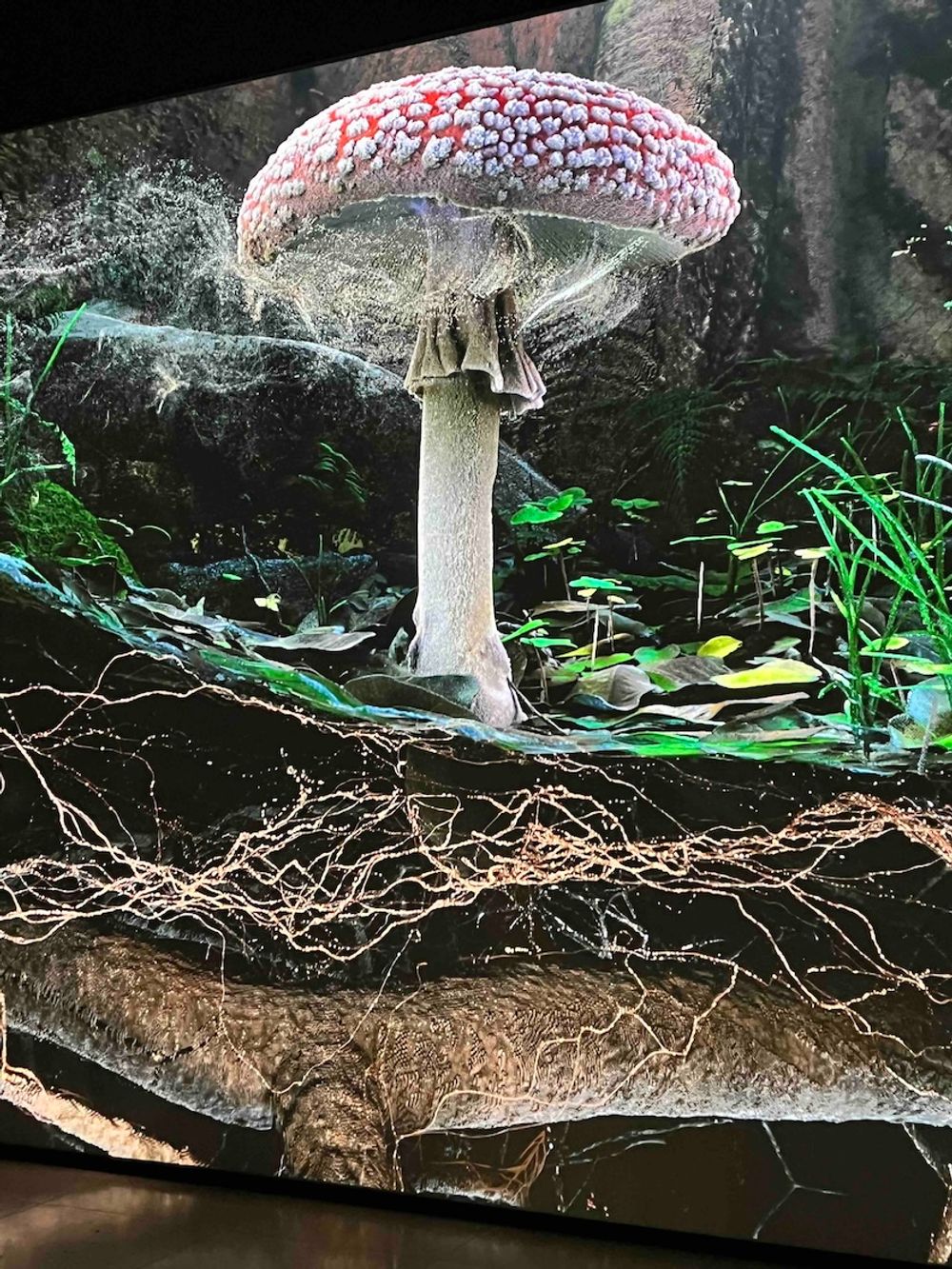
It grows our food, anchors biodiversity, regulates water, and stores more carbon than all the world’s forests combined. And still, more than 99% of the microbial life within it remains unidentified. It is, quite literally, the Earth’s last great frontier.
Rather like the finest wines, soil holds its secrets quite close.
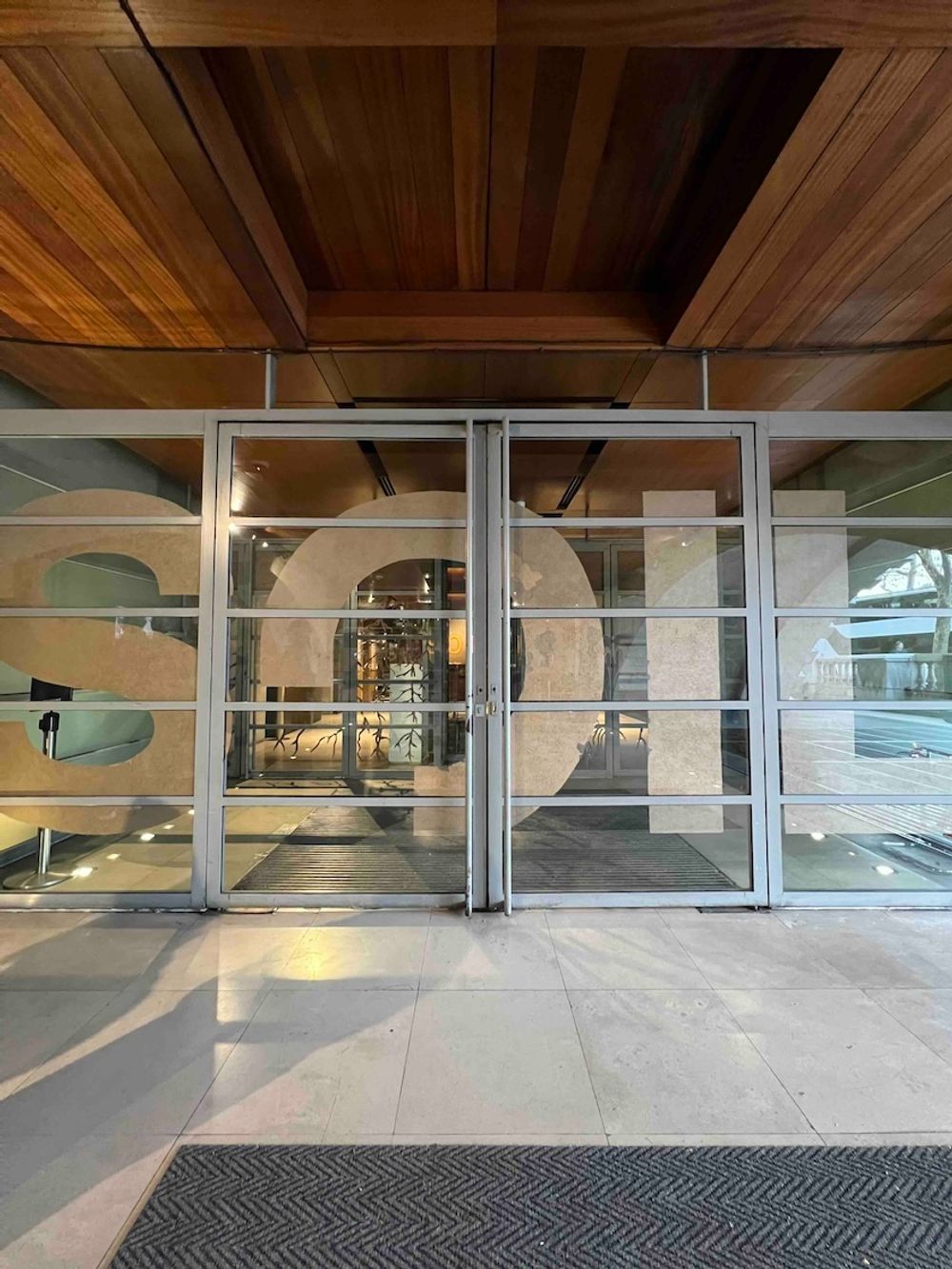
This mystery is precisely what The Soil, a captivating exhibition at Somerset House, sought to explore. Dedicated to the ecological, cultural, and even spiritual significance of soil, the exhibition invited guests into an immersive, interdisciplinary dialogue between science, art, agriculture, and history. Since its opening, it has received overwhelming praise, remaining fully booked and widely celebrated for elevating something so fundamentally humble to the realm of the sublime.
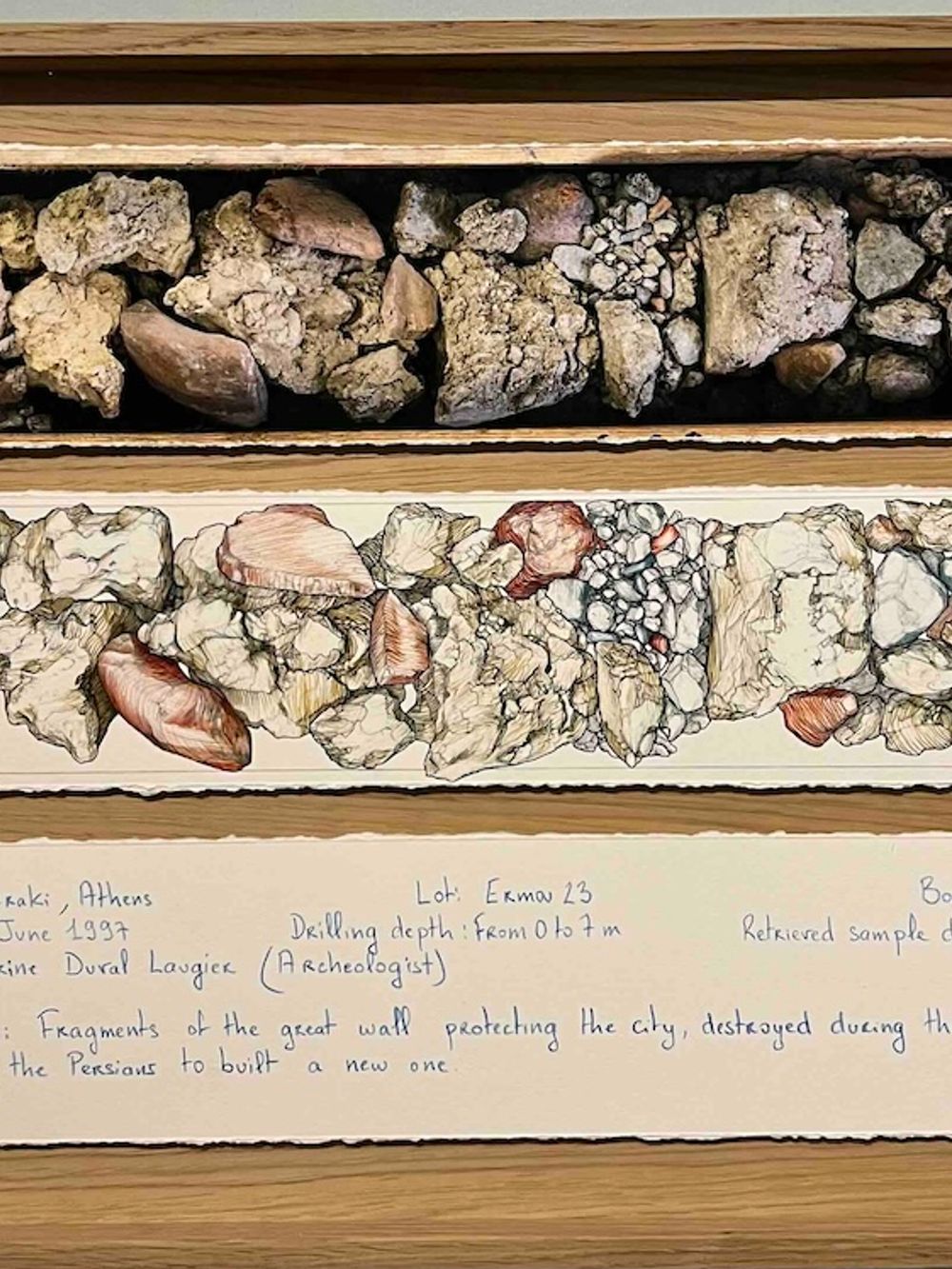
I had the pleasure of attending a private viewing, hosted by Moët Hennessy, whose involvement in the exhibition is far more than corporate sponsorship – it’s part of a deepening philosophy. Accompanied by Sandrine Sommer, the group’s chief sustainability officer, the exhibition’s curators, and the charismatic Professor Marc-André Selosse, a world authority on soil microbiota, I found myself immersed in a celebration of life from the ground up.
From medieval swords unearthed in the Cambridgeshire Fens to Pantone-style renderings of soil tones and hypnotic video installations of forest floors, The Soil is a sensory voyage – equal parts education and reverence. I was deeply moved by the richness beneath our feet and by how little we still truly understand of it.
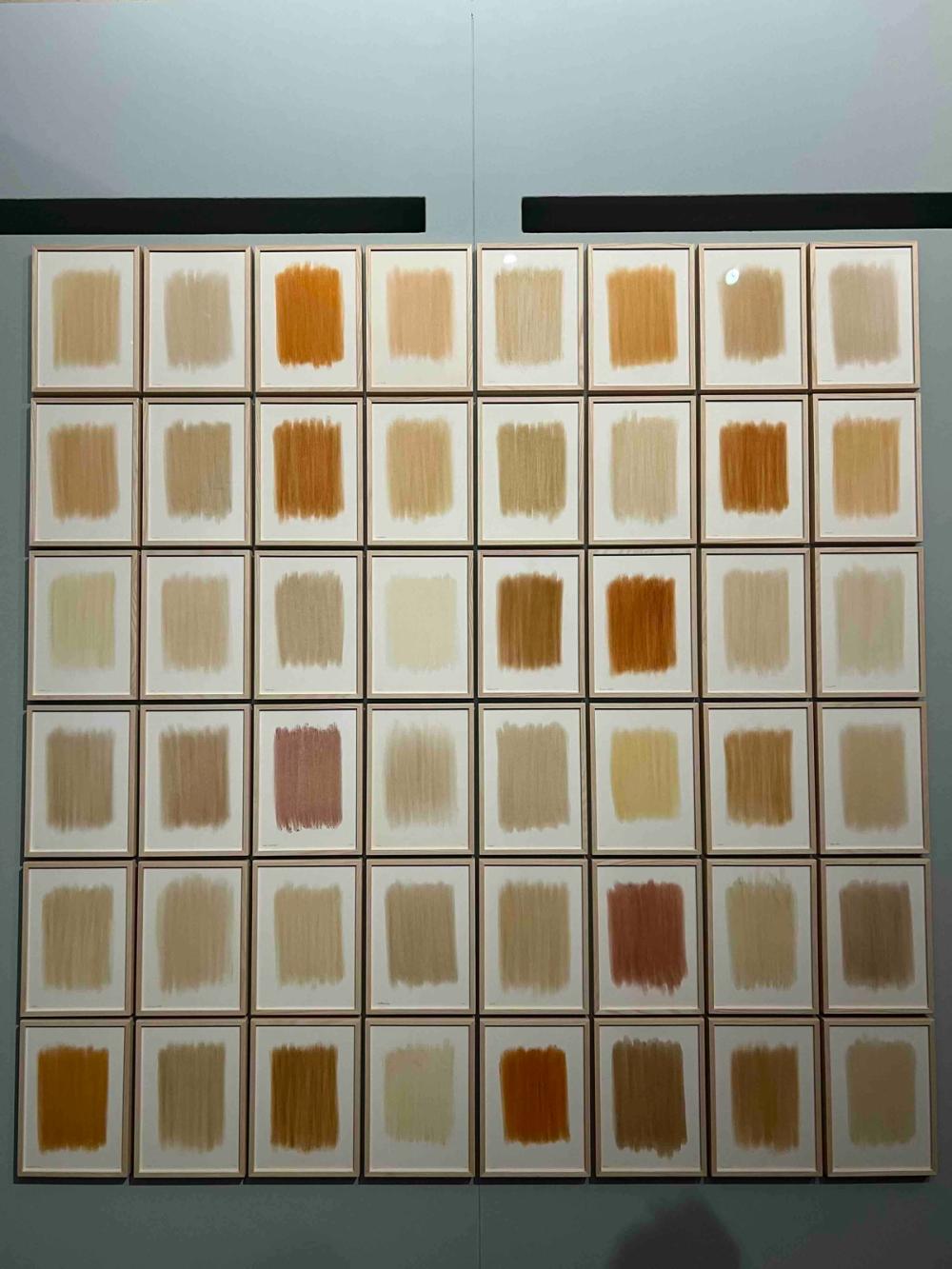
From soil to sip: a vision rooted in reality
Moët Hennessy’s involvement comes as no surprise to those familiar with its evolving environmental commitments. While the house has long been synonymous with luxury and celebration, it is increasingly recognised as a serious force in sustainability. Its current strategy is anchored in four key pillars:
Protecting biodiversity – Living soils, living together
Taking action for the climate – Reducing carbon emissions across all operations
Guaranteeing responsible and transparent value chains – Supporting fair labour and social equity
Preserving and enriching natural ecosystems – Regenerating soils globally
These principles are more than declarations, they are being actively implemented across the group’s global portfolio. At Ruinart, agroforestry projects have reintroduced trees into vineyard ecosystems to boost biodiversity and improve soil structure. At Moët & Chandon, biodiversity corridors have been established to reconnect fragmented habitats, providing a refuge for local flora and fauna. In Argentina, Chandon has gone so far as to reintroduce owls to the vineyard landscape, promoting natural pest control and reducing reliance on pesticides. And at Château Galoupet, the estate has undergone a complete sustainability transformation, becoming a model for regenerative viticulture in the region.
Even the smallest details are considered: lighter glass bottles to reduce emissions, reduced packaging waste, and a shift away from monocultures toward mixed planting, hedgerows, and pollinator-friendly covers. It is an holistic approach and crucially, one that places soil as a living, active stakeholder in the process.
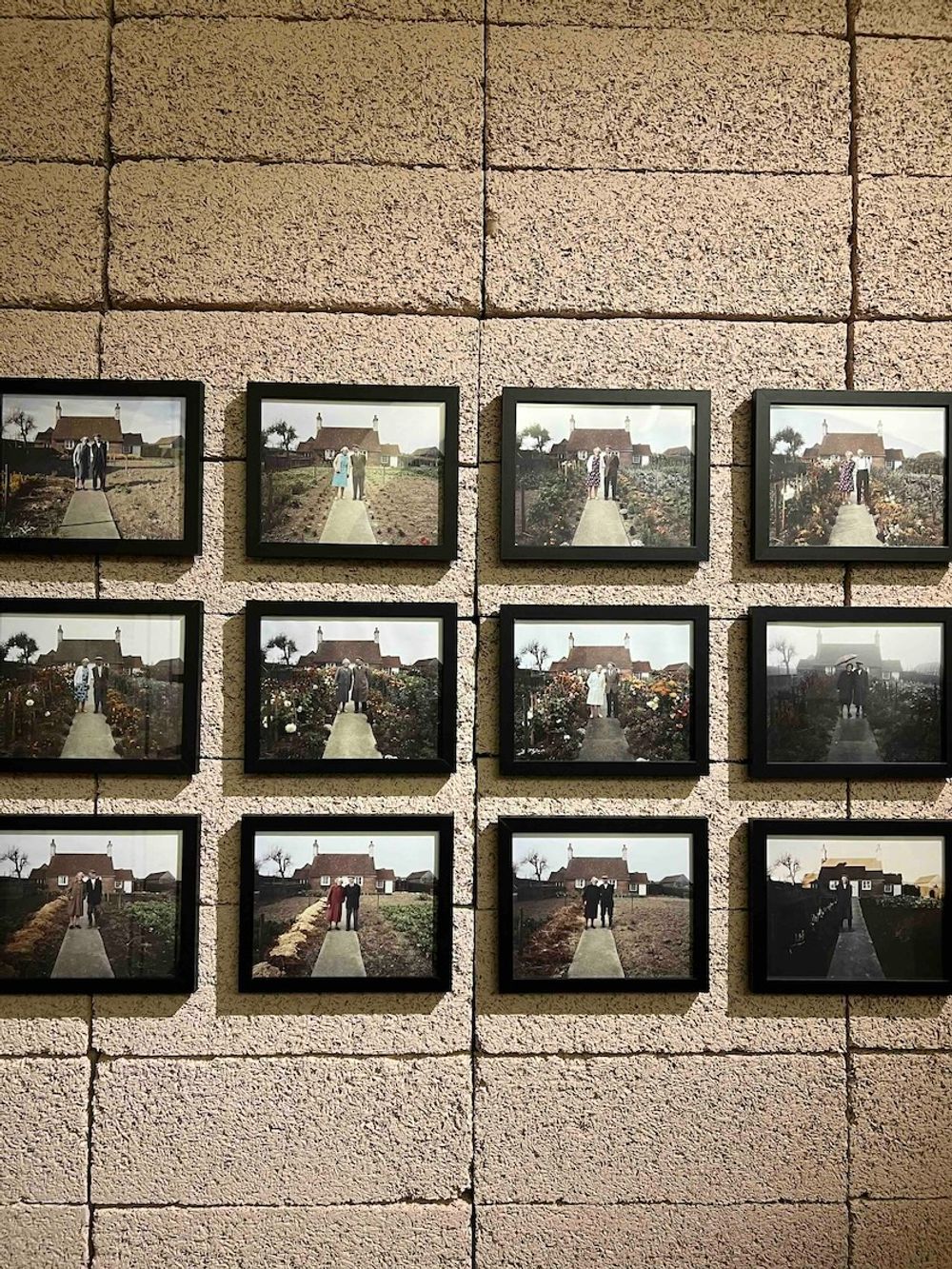
ChangeNOW: When Soil Takes Centre Stage
The 2024 edition of the World Living Soils Forum, co-organised by Moët Hennessy and ChangeNOW, marked another milestone in this growing movement. Held in October in Arles, the forum brought together over 500 participants, alongside satellite events in China and the United States, reaffirming the global urgency of soil regeneration. Across 70 sessions, featuring 180 speakers, stakeholders from science, policy, agriculture, and industry united around one clear message: collaboration is the only way forward.
Moët Hennessy's Soil Hub at ChangeNOW 2025, held this past April, continued to elevate this mission. Featuring four soil-focused innovators – Genesis, Pépite Raisin, EarthDaily, and EF Polymer (Winner of the WLSF 2024 Jury's Favourite Award) – as well as installations like Pascale Marthine Tayou’s evocative “Survival Tree”, the hub served as both a showcase and a call to action. Soil may still be overlooked by many, but its role is central – not just in viticulture, but in food systems, climate resilience, and economic stability.
Moët Hennessy’s soil-first philosophy was further showcased at the ChangeNOW Summit in Paris – the world’s largest event dedicated to environmental solutions. This year’s summit was particularly meaningful, marking the 10th anniversary of the Paris Agreement, a global turning point in climate action. The symbolism was not lost: the very soil beneath us, often forgotten, must now become central to the climate conversation.
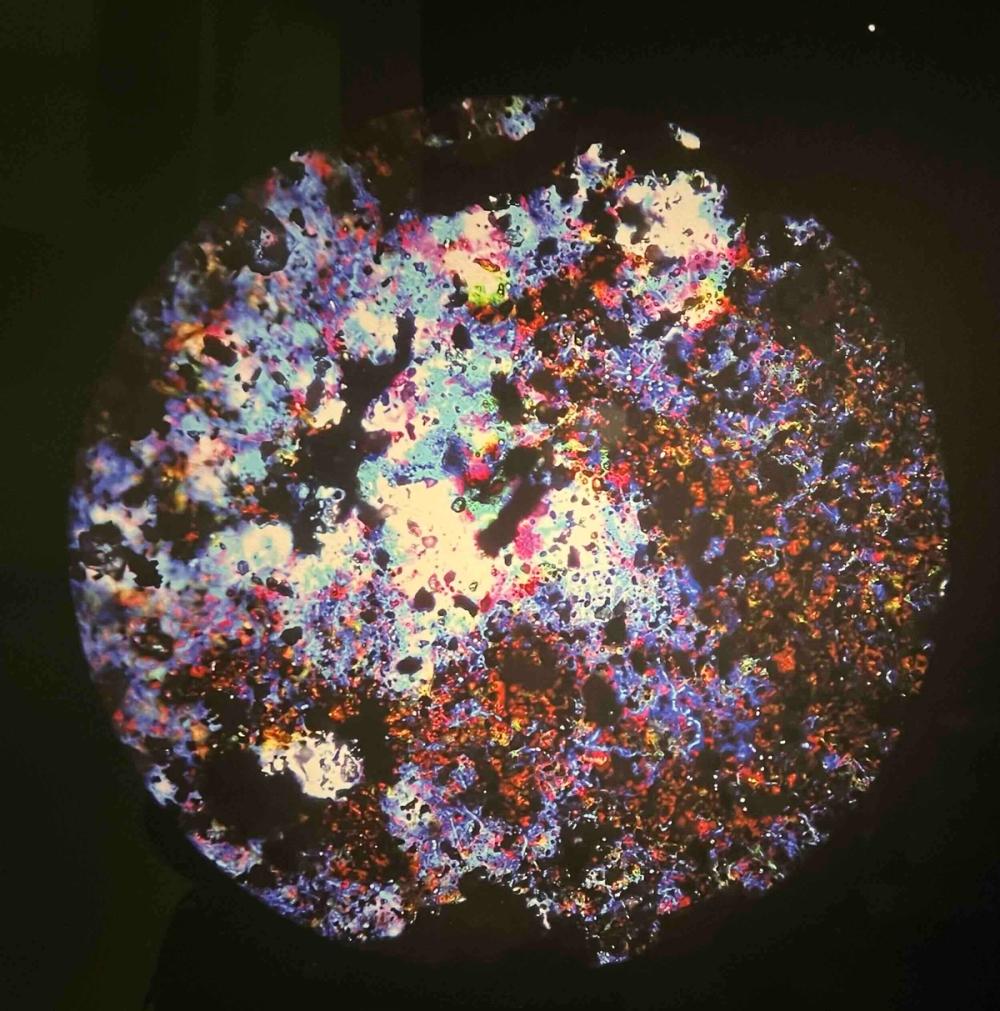
At ChangeNOW, Moët Hennessy hosted a Soil Hub, a dedicated platform not designed to promote product but to highlight purpose – showcasing the group’s belief that soil regeneration is key to long-term environmental resilience. Among the featured partners were Genesis, EarthDaily, EF Polymer, and Pépite Raisin – all innovators at the cutting edge of regenerative agriculture and the circular economy.
Genesis, in particular, stood out as a soil-focused innovator working across both agriculture and viticulture. The company specialises in soil analysis, using data to assess the health and condition of the land. Based on these insights, Genesis provides targeted treatment recommendations tailored to each site’s unique needs. The potential here is enormous – after all, we often have little idea what’s truly happening beneath our feet until it’s too late. Genesis takes a proactive approach, aiming to strengthen soils before problems arise, and the results are already impressive. At one Chandon vineyard in Argentina, following Genesis’s recommendations, the site withstood a severe flood that devastated neighbouring plots.
Watching Sandrine Sommer move from expert panels to startup pitches to private dialogues, one thing became clear: Moët Hennessy is not simply transforming its own supply chain – it is catalysing an industry-wide shift. Through mentorship, funding, and shared infrastructure, the group is helping growers – many of them small and under-resourced – navigate the complex journey of sustainability certification and regenerative transition. This isn’t just a brand mission; it’s a personal one. For Sandrine, catalysing this kind of change is essential – not only within the wine and spirits world, but across global agriculture, where the need for transformation is more urgent than ever.
But what does it taste like?
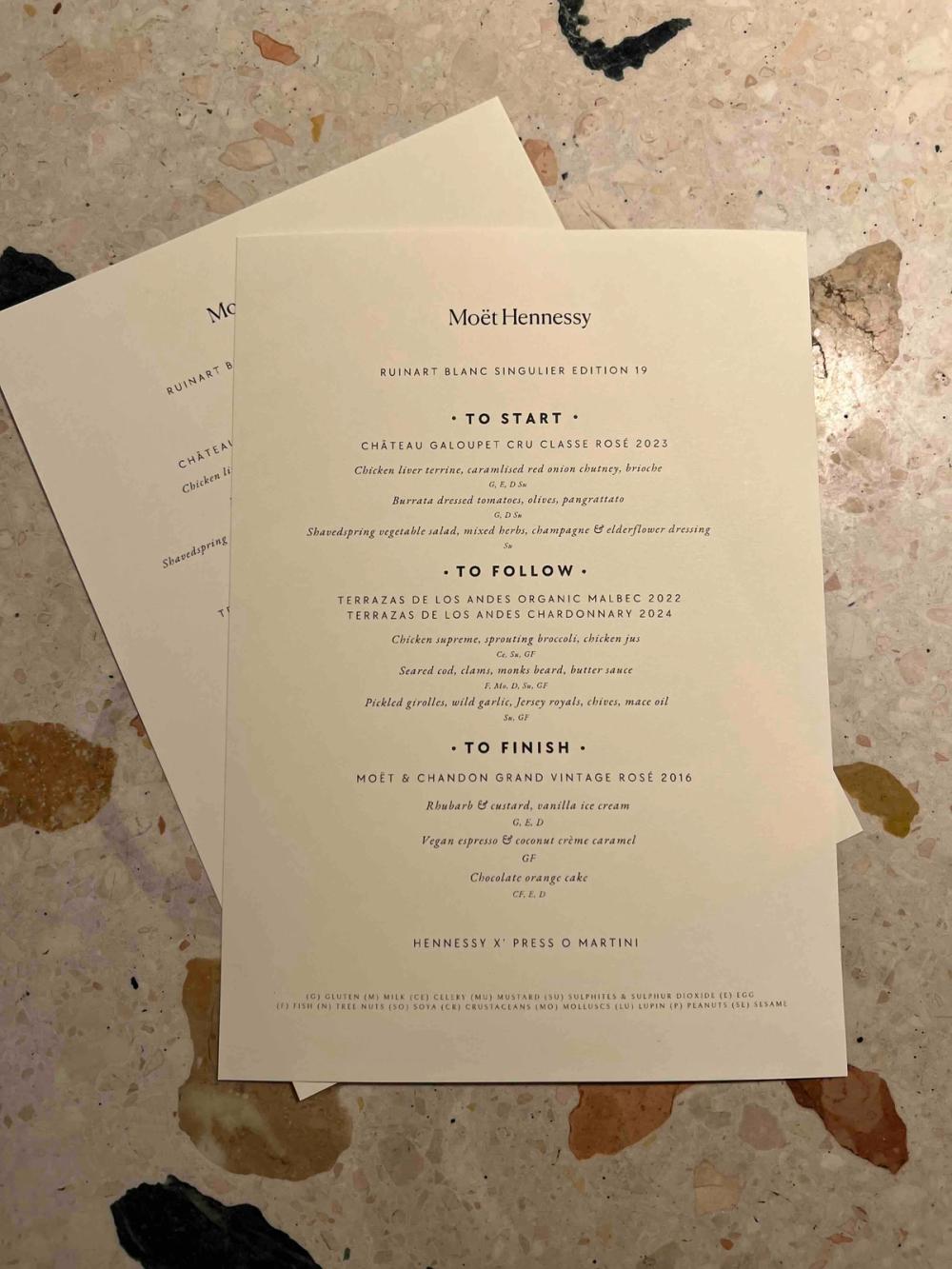
While the science and strategy are compelling, I believe the real proof lies in the glass. Following the exhibition, Moet Hennesy treated us to a private dinner where the group’s sustainability values were, quite literally, poured.
Each wine or spirit was chosen to reflect not just provenance, but process – the result of years of work beneath the surface.
Ruinart Blanc Singulier Édition 19 – A saline, citrus-led cuvée born from adaptive viticulture and climate-smart practices. This is also one of my favourite cuvées.
Château Galoupet Cru Classé Rosé 2023 – Structured and mineral, showcasing the purity of organic transformation
Terrazas de los Andes Organic Malbec & Chardonnay – Bold and elegant wines rooted in high-altitude, sustainable viticulture. Organic Malbec is one to watch for!
Moët & Chandon Grand Vintage Rosé 2016 – Savoury, layered, and meditative, a true testament to long-view winemaking
Hennessy X.O Espresso Martini – A modern indulgence (missed by yours truly due to a very persuasive second pour of the 2016 Rosé – no regrets)
How can we see the ROI?
Measuring return on investment in soil regeneration isn’t as straightforward as tracking the success of a marketing campaign or a product launch. The financial outlay is significant, and the benefits unfold slowly – often over years or even decades. It requires a fundamentally different mindset: one that values long-term resilience over short-term performance, and understands that not all returns are immediately visible on a balance sheet.
As the saying goes, “A society grows great when people plant trees whose shade they know they shall never sit in.” The same could be said of soil regeneration. The investment may not yield rapid results, but it builds a foundation for long-term environmental, agricultural, and economic stability.
From what I’ve observed, Moët Hennessy doesn’t measure return in quarters, but in resilience – of ecosystems, of growers, and of the wines themselves. Healthy soils lead to healthy vines. Healthy vines yield more expressive, site-driven wines. And a healthier planet ensures we can continue raising glasses for generations to come.
Sceptics may question whether these initiatives are economically viable. But perhaps the better question is: can we afford not to invest in this? Climate change is already reshaping wine regions around the world. Regenerative practices, starting with soil, are not a luxury… they are a necessity.
And therein lies the true beauty of it all: that something so ancient, so earthly, so often underfoot, can be the very key to the future of wine. I, for one, will be watching with great anticipation and look forward to the next edition of the World Living Soils Forum. One could say, soil has converted me.



